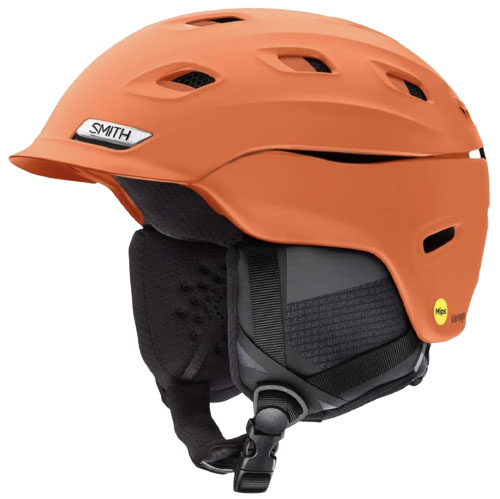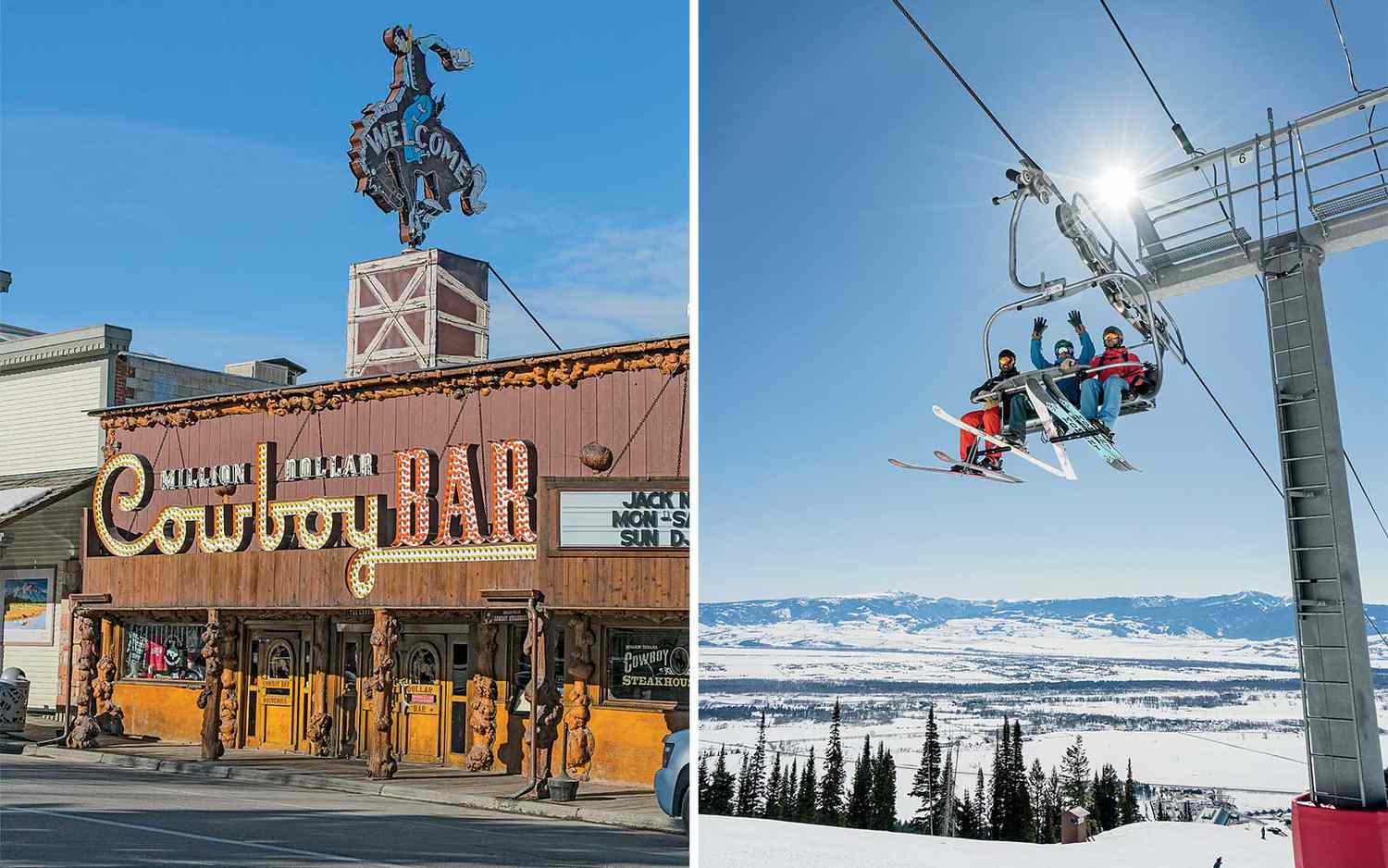
White snow pants Womens
Snowboard and ski trousers are designed to keep your warm, dry, and safe when the weather turns cold. Whether you're hitting the slopes, building a snow fort or chasing down sleds, a great pair of pants can make all the difference.
The right pants will depend on the activity you're doing and where you are. But it is possible to find pants that meet your budget and needs. Our winter sports collection includes a wide range of pants for skiing and snowboarding as well as hiking and snowshoeing.
The best waterproof & breathability snow pants for women have a well-designed fit, are high-performing, and are built to last. Select from a wide range of brands and styles for the perfect pair to take on your next adventure.

Many insulated snow pants have a synthetic insulation lining that is water resistant to keep you warm and warm on cold winter days. Some insulated snow pants have features such as leg gussets with zippers. This allows you to breathe and adds flexibility.
When it comes to waterproofing, you'll want to look for pants with the highest waterproof rating possible and a good breathability rating. You should also consider weather protection features like taped seams and snow cuffs to help prevent snow from entering your pants or leaking through them.
You can also opt for more subdued snow pants. These are lightweight, windproofed, and breathable, with low-bulk and light insulation. This will ensure that you stay comfortable on any mountain. These types of pants may not be as durable, however they will keep your feet warmer and drier at a lower price.
Another option would be a pair or insulated snowboots with a snow pant attached. This is a fun, affordable way to stay warm and stylish.

Snow boots can be worn with pants as an extra layer to your base layers. They are also great for quick runs around the mountains when the conditions change. A good idea is to invest in an insulated coat for warmth and extra protection, just in case.
In our collection, you can find a range of stylish and cool snow caps. Select the most eye-catching for your trip, and don't miss a matching pair snowboard gloves or wrist gaiters.
FAQ
What amount of luggage should I bring?
The length of your trip will determine how much luggage you need. For a flight, hand baggage is not necessary, typically less than 20 kg. However, if you are taking a train or bus, then you will need more space.
A form will be provided to you when you arrive at the airport with information about your flight. This form will ask for information such as your baggage weight and if you require assistance to check them in.
This must be done before you leave your home. If you don’t check it, you might end up waiting hours for everyone else to do so.
Because you never know what could happen, it is better to travel light. You won't be able to use your bag if it gets lost.
Where is the cheapest place to buy airline tickets?
If you are looking for the lowest airfares, you may want to consider airlines like Jetstar and Virgin Australia, AirAsia or Tigerair, Malaysia Airlines. Singapore Airlines. Thai Airways International. Korean Air. Philippine Airlines. China Southern Airlines.
If you search online, you will see that some of these airlines give away cheap flight tickets as a promotion.
You should not forget these things when you travel.
When traveling, you will often find yourself in situations without the ability to make informed decisions. Be ready to adapt.
You may be stuck someplace for hours or days, or even months. If you've planned ahead, you'll have food, water, shelter, and a place to sleep. If you don't have a plan, you might have to make do.
In these instances, you may need to rely only on what you are good at. This means that you will need to make quick decisions based on your intuition and experience.
Sometimes, however, you will not have any other choice. For example, you could be stranded in an area without cell phone service, running out of gas, or having been robbed. In those situations, you'll have to adapt quickly to whatever situation presents itself.
The key is to keep calm, stay focused and act decisively. Don't panic. Instead, focus on what you can control.
If you find yourself lost in the woods you can choose which way to go. You can also eat berries and mushrooms if you feel hungry. You can also drink rainwater and melt snow if you feel thirsty.
Rest if your tired. It's okay to bundle up if it is cold. You can wear a sweater if it's cold. Whatever your choice, staying positive will help you feel better.
What should you bring on vacation?
You need to know what you want to do on your holiday. You don't just need to pack clothes. It's also important to think about where you are going, and how long you will be there.
Think about the activities that you are interested in. If you plan to visit exotic locations, you might consider scuba diving. You might also want to participate in local festivals and events if you plan to stay longer.
Tell your loved ones if there are any health concerns so they can plan for you.
Do you ever worry about forgetting something when you travel?
Yes, I often forget stuff. This happens most often when I'm on a brief trip. Luckily, I always have everything I need with me so I never run out.
For example, my passport is always with me. When I buy tickets, I always ensure that I have enough cash.
Also, I always take my phone charger. And I use a small bag to store other items.
What should you do first when you arrive at your destination?
A plan should be prepared for each step of your journey. It helps you know what to expect and where to go next.
Planning ahead is essential to avoid being late for any important events.
You should also research what museums, parks, or landmarks you want to visit if you are planning to visit a city more than once.
A map of the area is a great way to start researching the region's past.
Statistics
- Case in point: the private island of Ilha Caldeira, less than seven miles off the coast as part of the Primeiras and Segundas Archipelago, is located within the marine-protected area with 20 percent of the country's intact living coral. (travelandleisure.com)
- Between the ages of 11 and 13, kids, or tweens, will likely want some autonomy but also need boundaries. (travelandleisure.com)
- Alcoholic beverages with more than 24% but not more than 70% alcohol are limited in checked bags to 5 liters (1.3 gallons) per passenger and must be in unopened retail packaging. (tsa.gov)
- Pack sweaters, jackets, and underwear in reusable compression bags creating up to 75% more space in your luggage. (wikihow.com)
- They're also likely to offer babysitting services, in case you'd like to have dinner one night after 7 p.m. (travelandleisure.com)
External Links
How To
How to plan for your next vacation
Planning a trip includes many things such as booking flights, hotels and car rentals. It also includes important considerations such as budget, schedule, destination, weather forecast, etc.
These points should be kept in mind while you are planning your next holiday.
We have created a step to guide that will help you plan your next trip. Based on customer feedback and our own experience, this guide was created. We hope that you will find the following guide useful in planning your next vacation.
Steps:
-
Plan your Budget. This is one of the most important steps to prepare for a trip. Before you begin planning for your trip, you need to know how much money it is you are willing and able to spend. In the event that you don't have enough cash, you might need to cancel your plans.
-
Book Your Tickets - Once you've decided on your budget and set your priorities, booking your flight tickets is the first thing that you should do. You should ensure that you get the best deal possible at the lowest price. You should also check to see if any airlines offer special deals during specific seasons. These deals may save you money.
-
Select Your Destination - After you have booked your flight, you will need to choose where you want to travel. When choosing your destination, many factors are important. These include location (where you are going), climate (what time of year), culture (how friendly the people) and cost (how much it is).
-
Locate Accommodations – After you've chosen your destination, you need to locate accommodations. There are many choices for accommodation. You can choose from affordable hostels or luxury suites. The type of accommodation you choose will depend on your preferences and needs. A hotel is not the best choice if you want to be close to the city centre. However, homestays may be more suitable for you if your preference is quieter and away from crowds.
-
Select Activities and Attractions. Now, after you've selected your accommodation it is time to pick the activities or attractions that you would like to add to your itinerary. Depending on the length of your stay, you can either choose only a few activities or add several new ones throughout your trip.
-
Select Activities and Attractions - Now it's time for you to plan your itinerary. You should follow a set schedule to get the most out of your trip. It's okay to be flexible and enjoy your vacation more.
-
Make an itinerary - This is where you include all details about your trip. From flights to accommodation, activities to restaurants, you should write them down and create a list of things to remember.
-
Research Online – Make sure you research everything before you leave on your trip. Read reviews and testimonials to find out what other travelers think about different destinations. This way, you will be able to plan accordingly.
-
Be Light - Don't pack too much. This is the biggest mistake people make when packing. Instead of bringing five sets of clothes, bring three. Wear clothing that is appropriate for the climate you are visiting.
-
Be Prepared - Finally, be prepared! Have everything ready before setting off for your trip. You don't want your trip to be ruined by searching for vital documents while you're in transit.